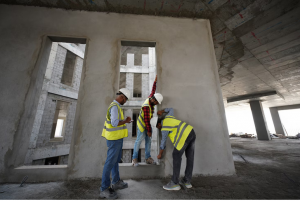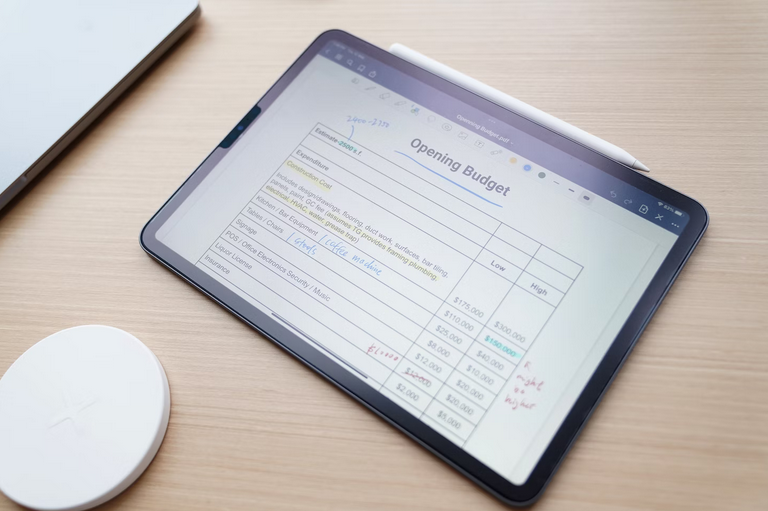The Ultimate Guide to Budgeting for Home Repairs: Maximizing Profit on Your Sale
Whether you’re a seasoned homeowner or preparing to sell your beloved property, one thing is certain – repairs and maintenance are an essential part of homeownership, especially if your property has special conditions such as fire damages. In that case, can you really sell my fire damaged house? Fortunately, yes. But how do you prioritize these repairs without breaking the bank? How can you ensure that every dollar spent on home improvements will increase the value of your home when it’s time to sell? Fear not, because in this comprehensive guide, we’ll walk you through all the steps needed to budget effectively for those necessary repairs.
Researching Costs

When budgeting for home repairs, it’s essential to research and gather accurate cost estimates for the necessary work. Reach out to multiple contractors or service providers to obtain quotes for the repairs and improvements you plan to make. Ask for detailed breakdowns of materials, labor, and any additional expenses. Additionally, consider the timeframe for completion and any potential cost overruns to ensure you have a realistic estimate of the total expenses.
Prioritizing Repairs
 The first step in budgeting for home repairs is prioritizing which repairs and improvements will have the most significant impact on your home’s value. Start by assessing the condition of your property and identifying any issues that may affect its appeal or safety. Focus on areas that potential buyers typically pay close attention to, such as the kitchen, bathrooms, flooring, and curb appeal.
The first step in budgeting for home repairs is prioritizing which repairs and improvements will have the most significant impact on your home’s value. Start by assessing the condition of your property and identifying any issues that may affect its appeal or safety. Focus on areas that potential buyers typically pay close attention to, such as the kitchen, bathrooms, flooring, and curb appeal.
Comparing DIY Versus Professional Services
Another factor to consider is whether to tackle certain repairs yourself or hire professional services. While DIY projects can help save money, it’s important to assess your skills, availability, and the complexity of the repairs. Some tasks may require specialized knowledge or licensing, and attempting them without proper expertise can lead to costly mistakes.
Setting a Contingency Budget
 When budgeting for home repairs, it’s wise to set aside a contingency budget. Unexpected issues or hidden repairs may arise during the renovation process, which can inflate your expenses. As a general rule of thumb, setting aside 10-20% of your total repair budget for contingencies is a prudent approach. This cushion will give you the flexibility to address unforeseen problems without compromising your profit potential.
When budgeting for home repairs, it’s wise to set aside a contingency budget. Unexpected issues or hidden repairs may arise during the renovation process, which can inflate your expenses. As a general rule of thumb, setting aside 10-20% of your total repair budget for contingencies is a prudent approach. This cushion will give you the flexibility to address unforeseen problems without compromising your profit potential.
Budgeting for home repairs is a crucial step in maximizing your profit on the sale of your home. By prioritizing repairs, researching costs, weighing DIY versus professional services, and setting a contingency budget, you can effectively allocate your resources and ensure a profitable outcome.…
Read More
